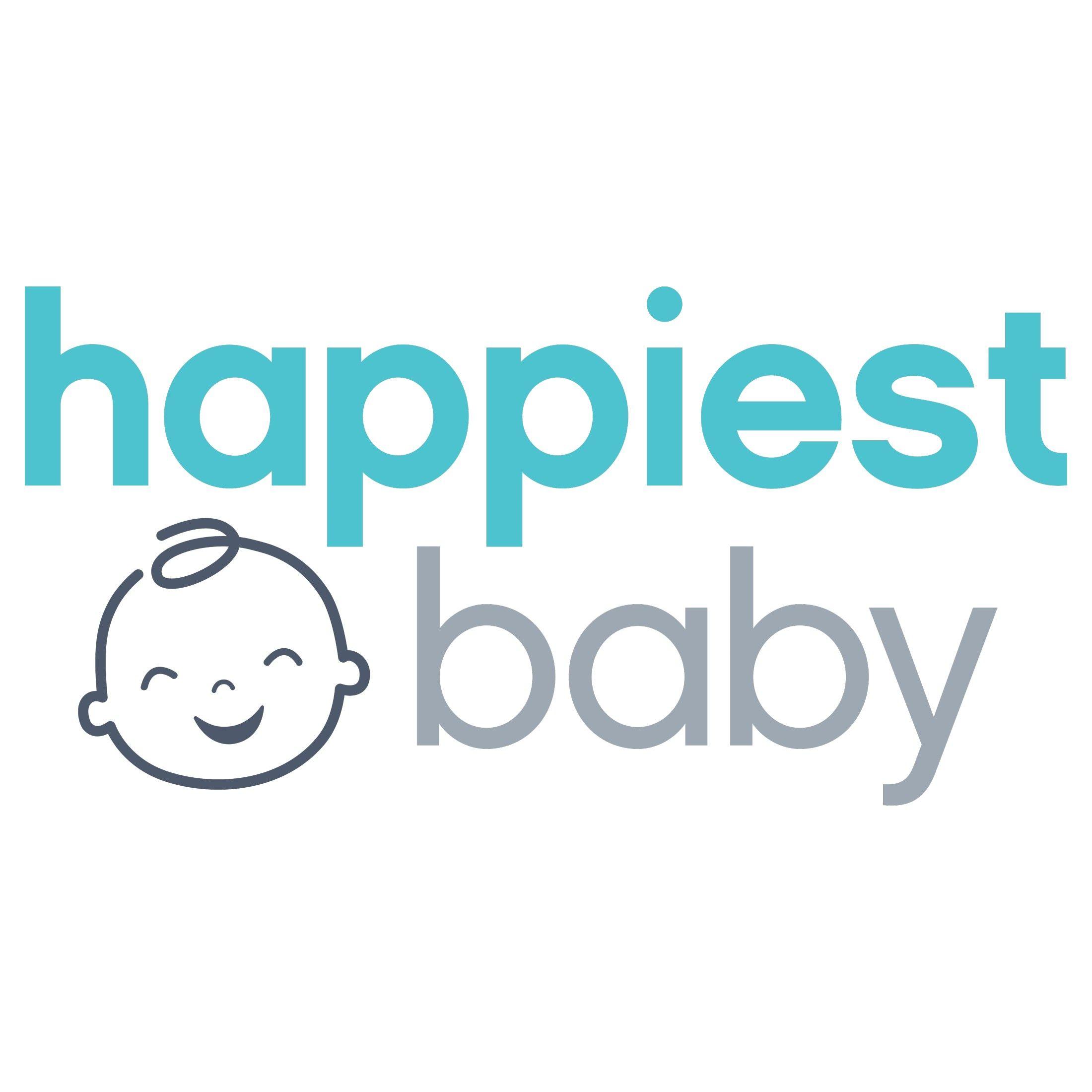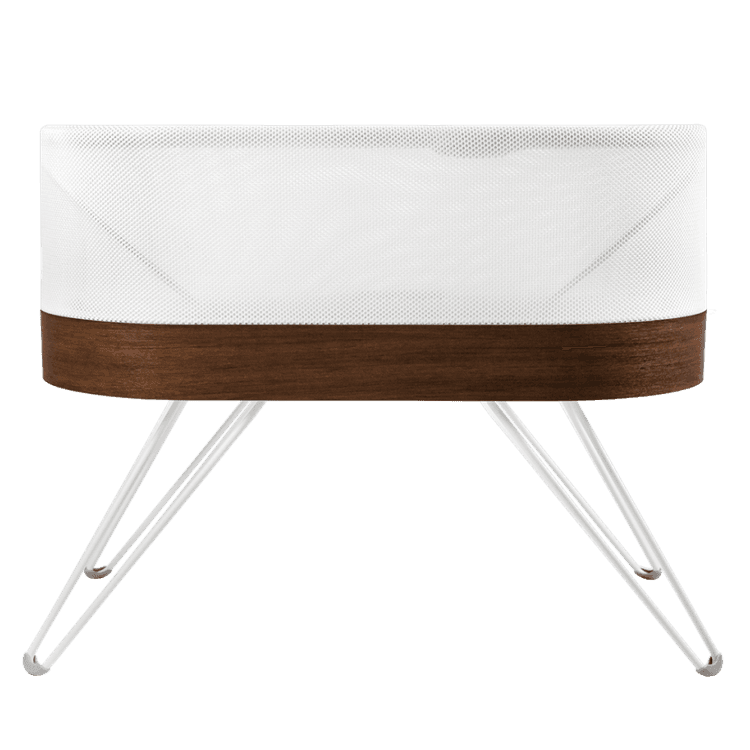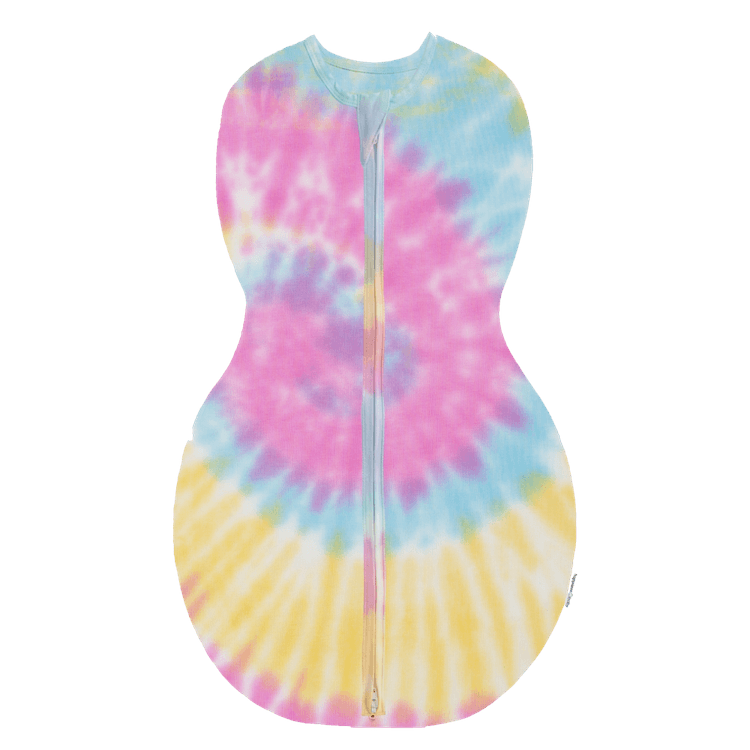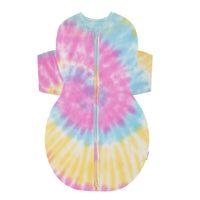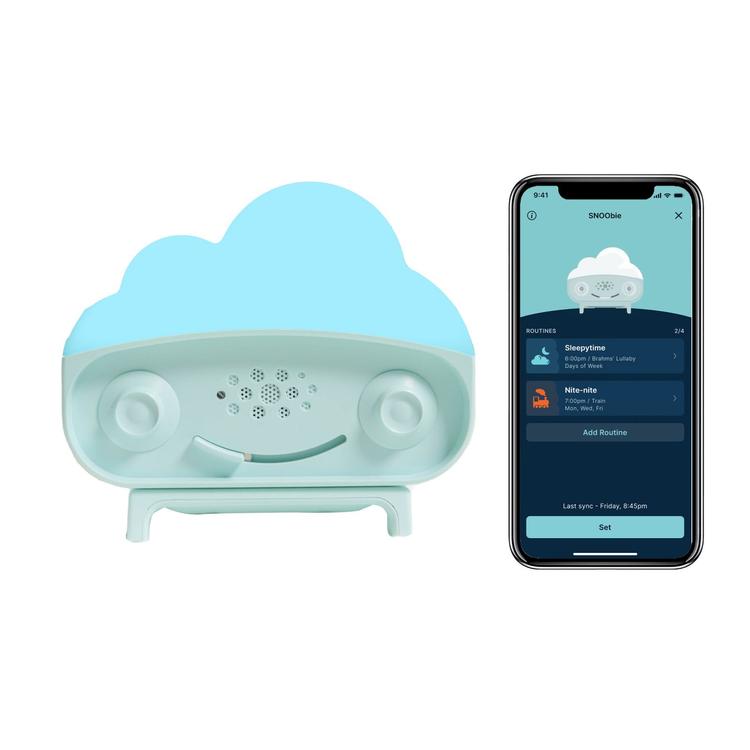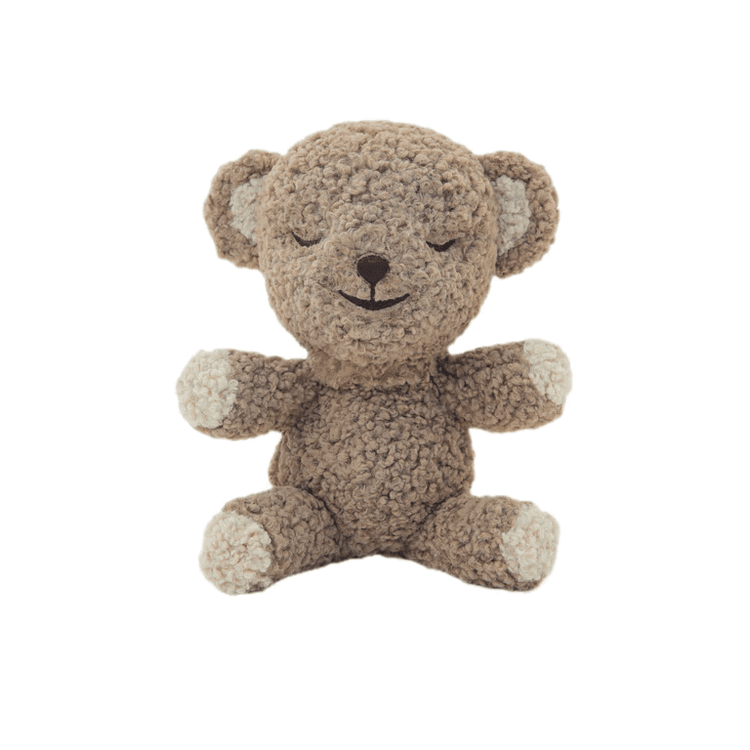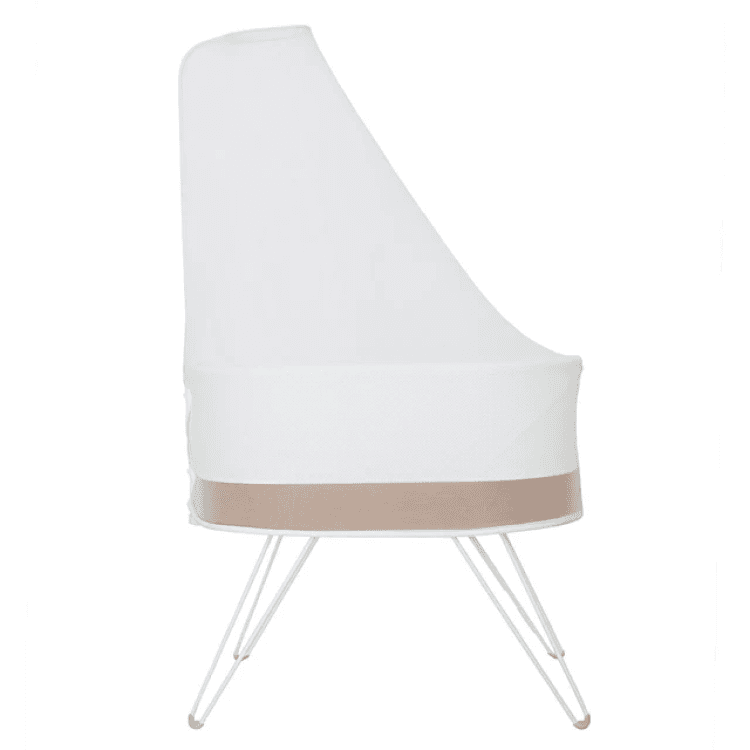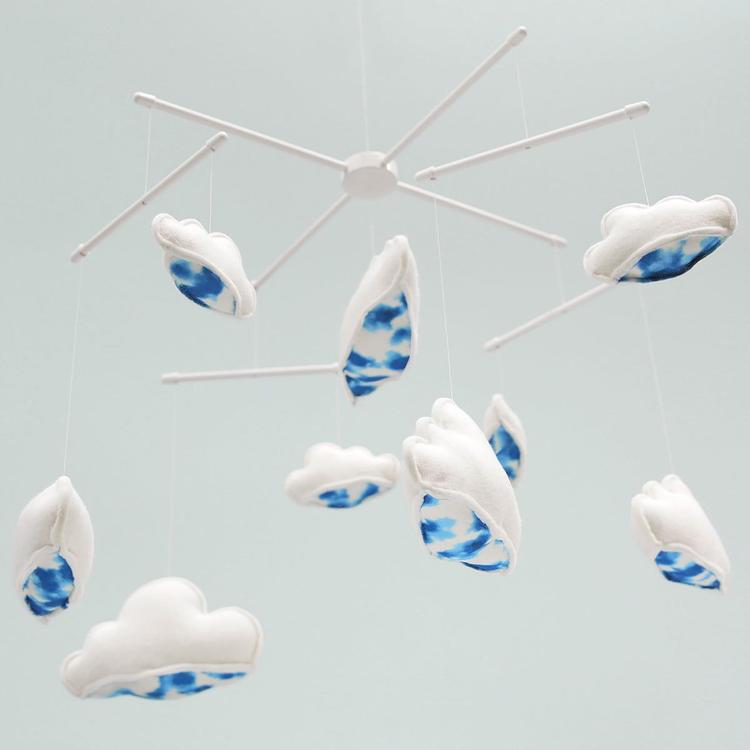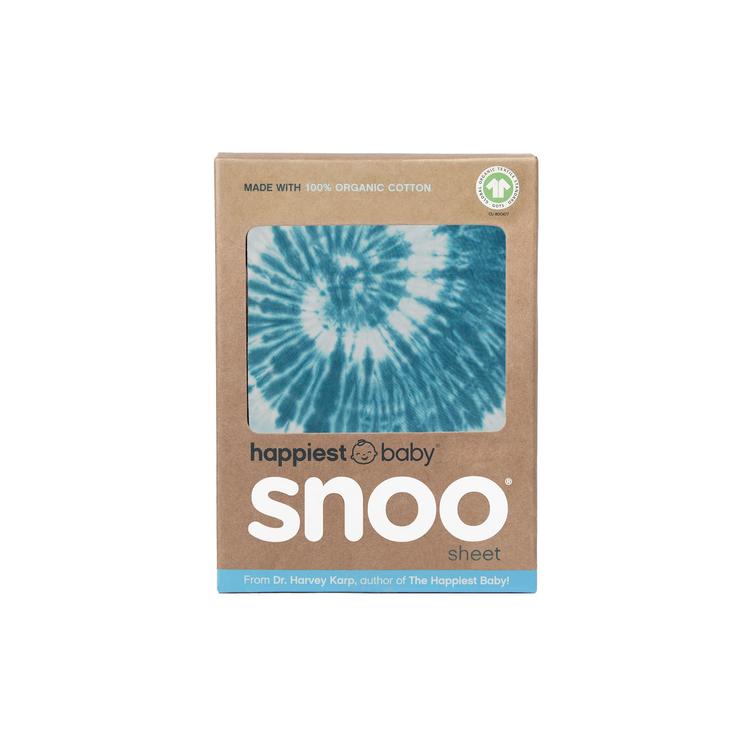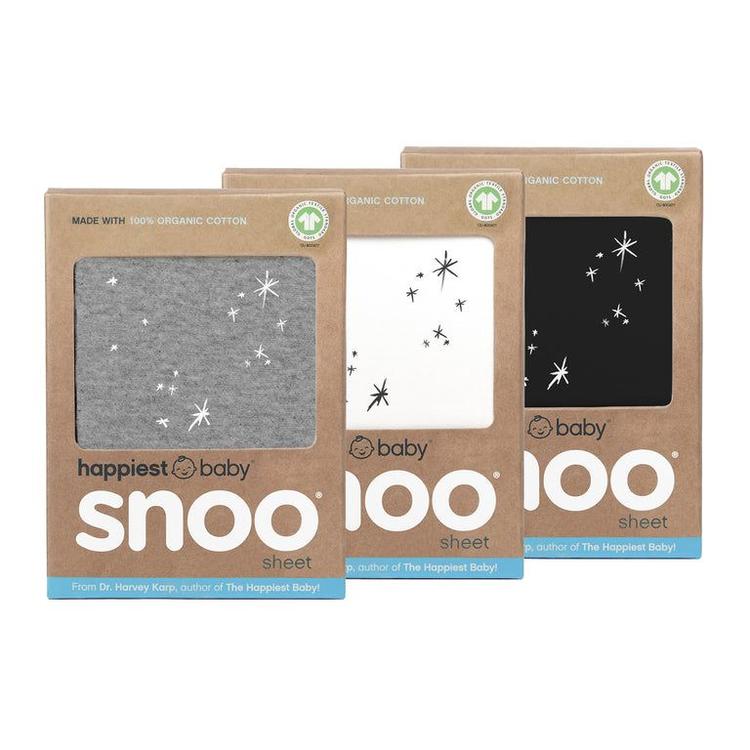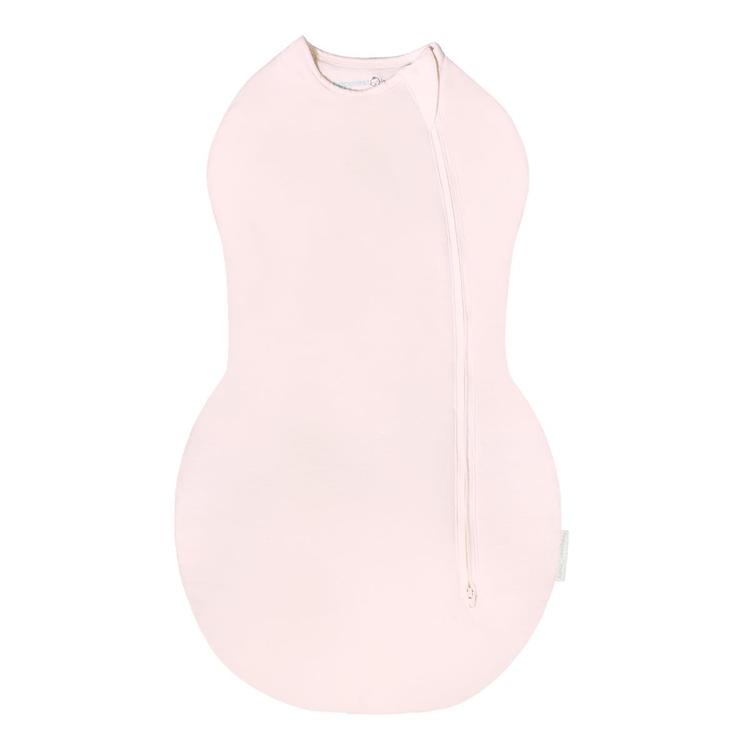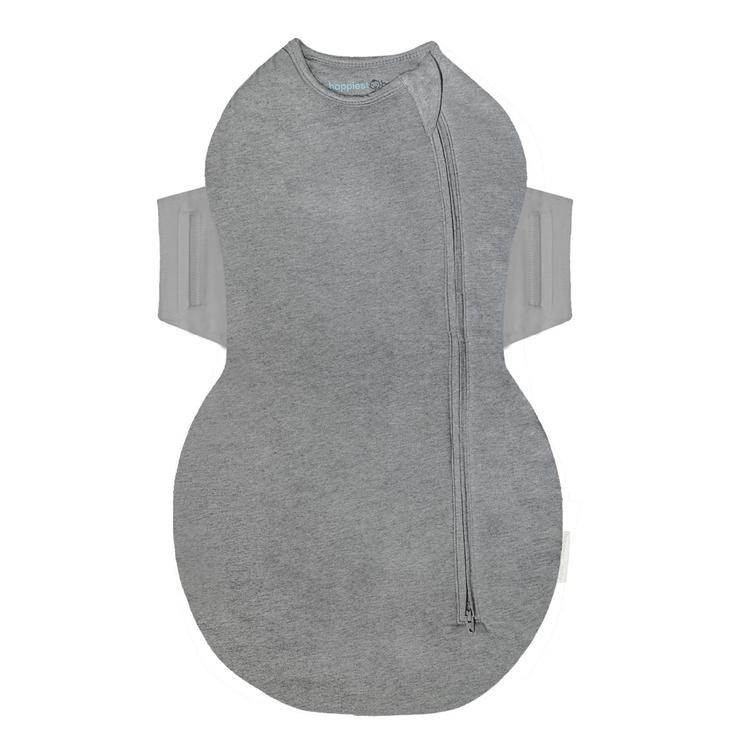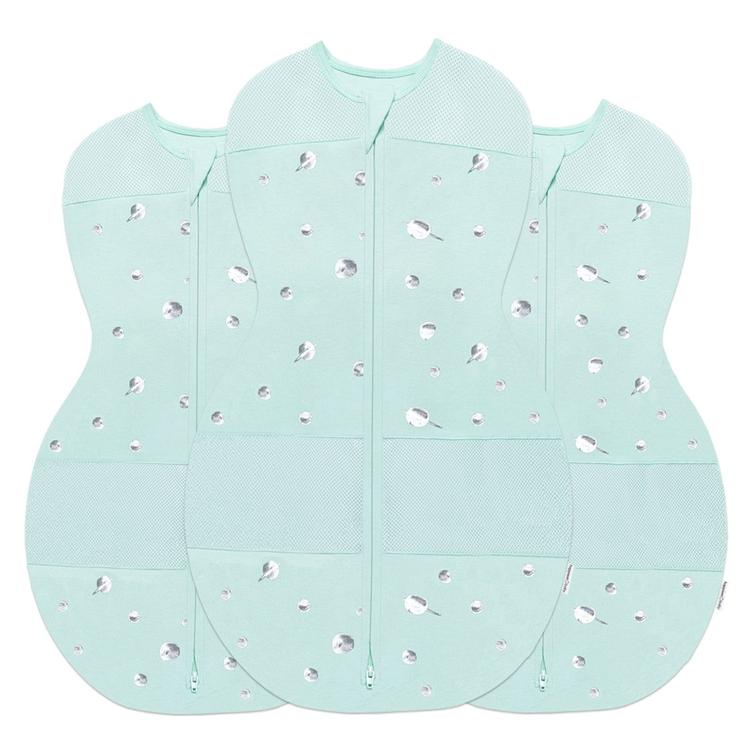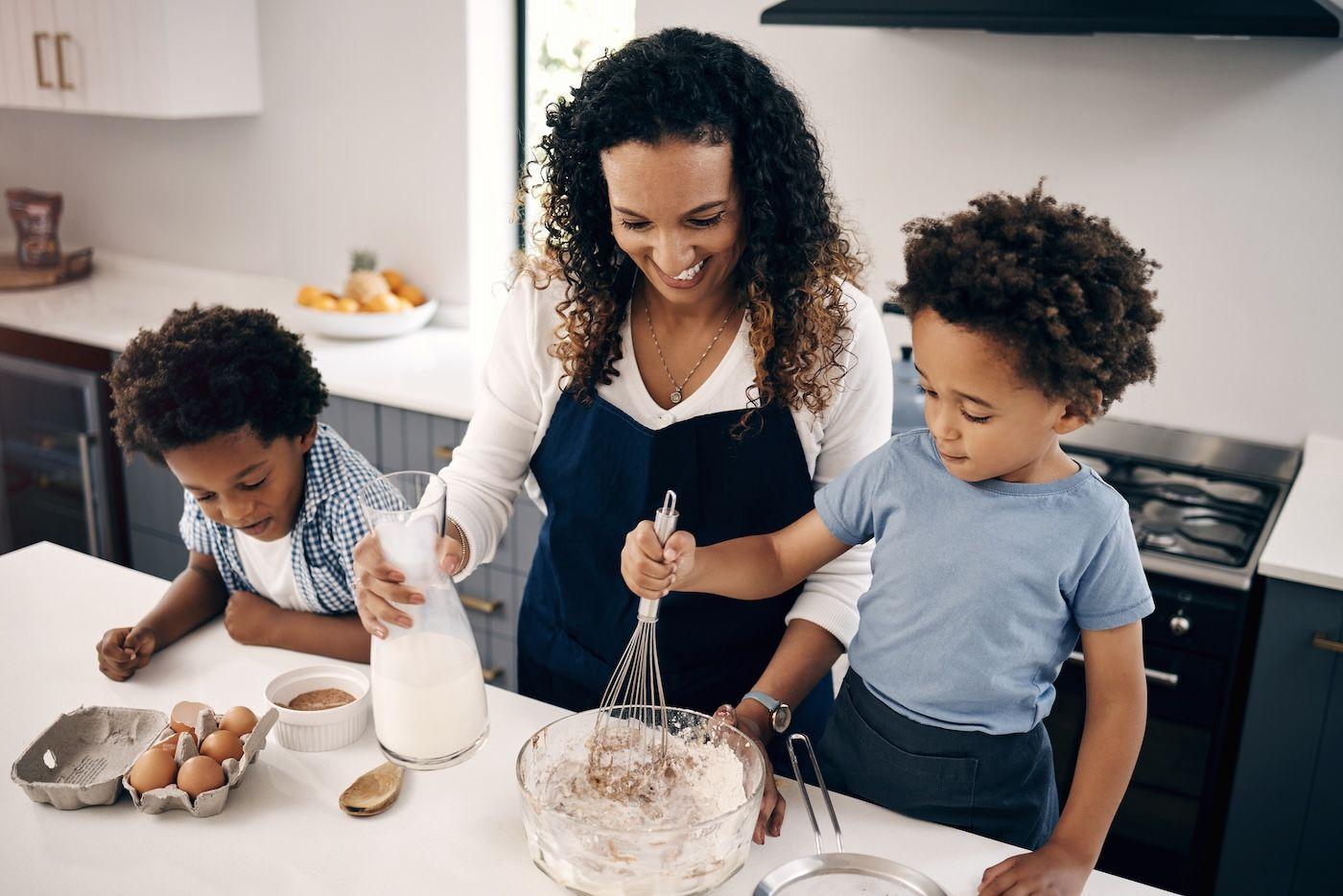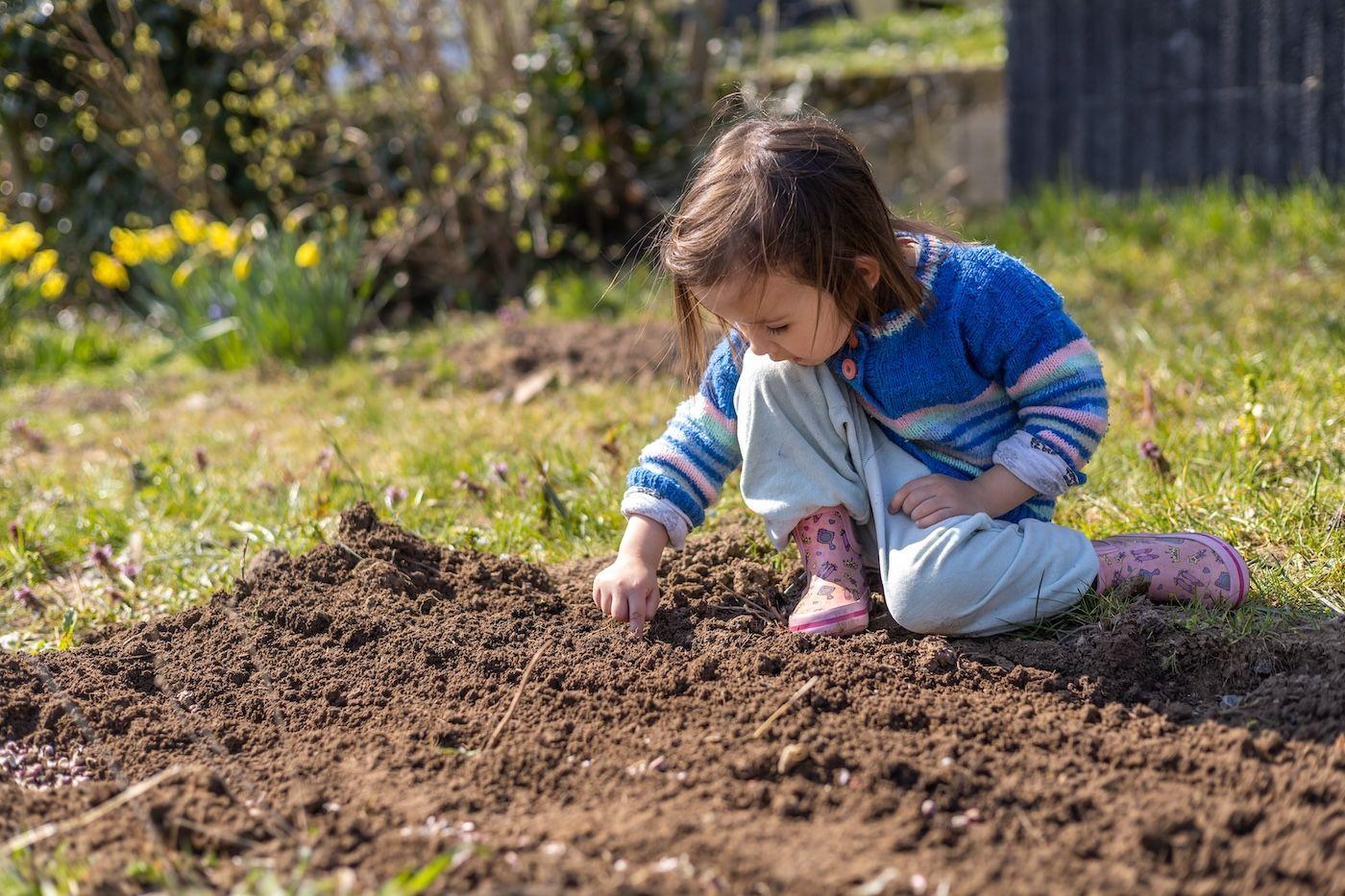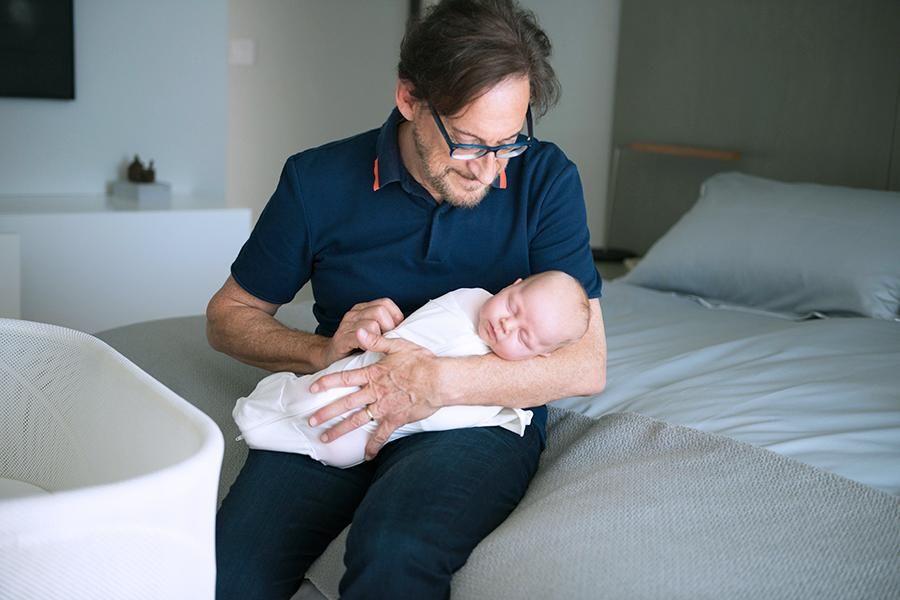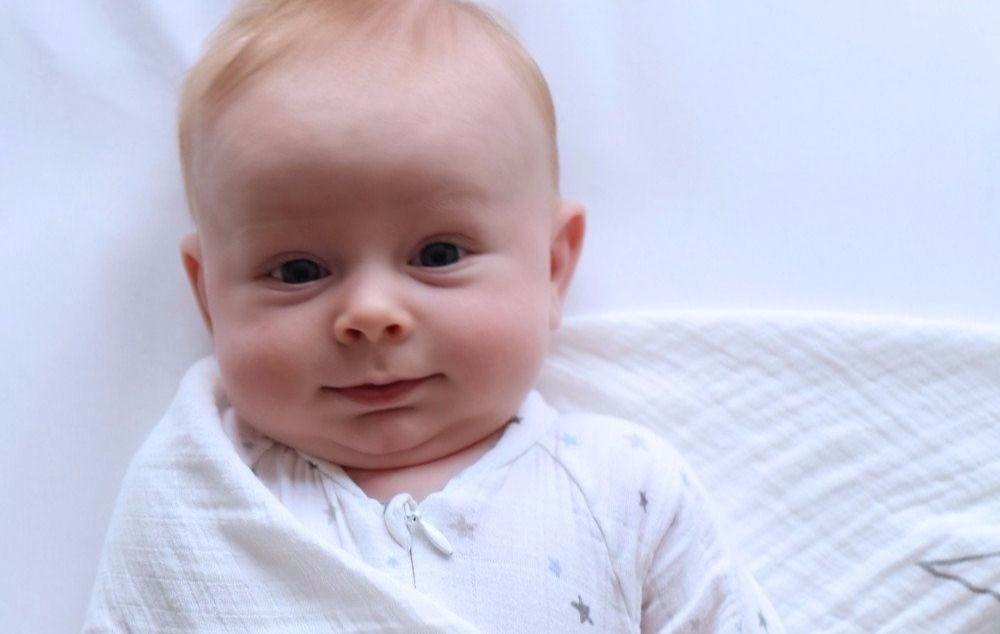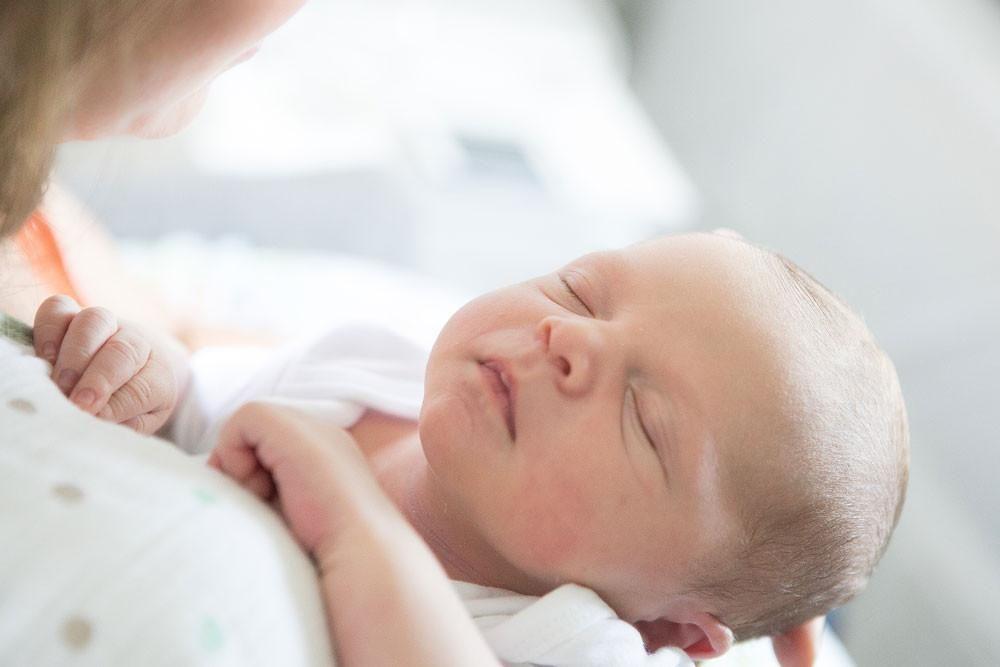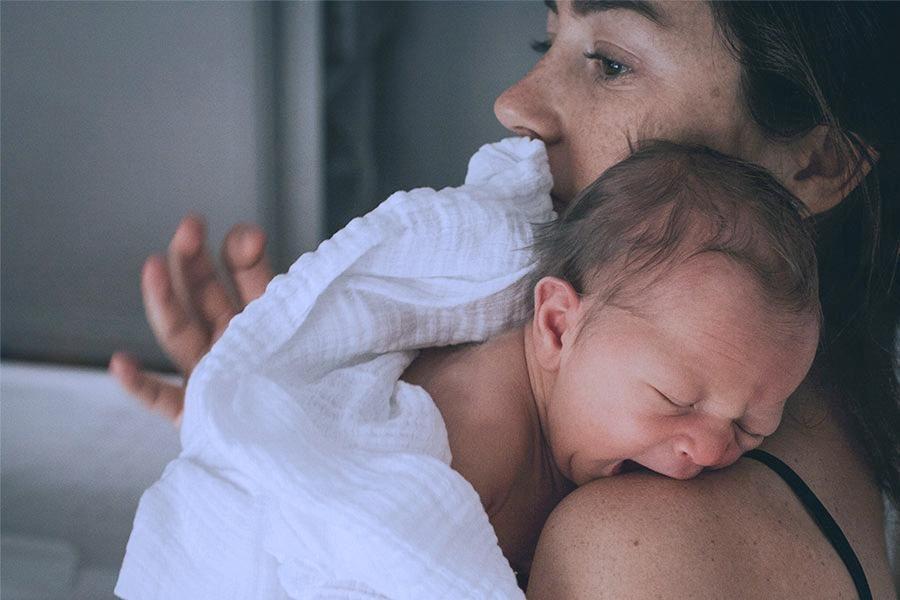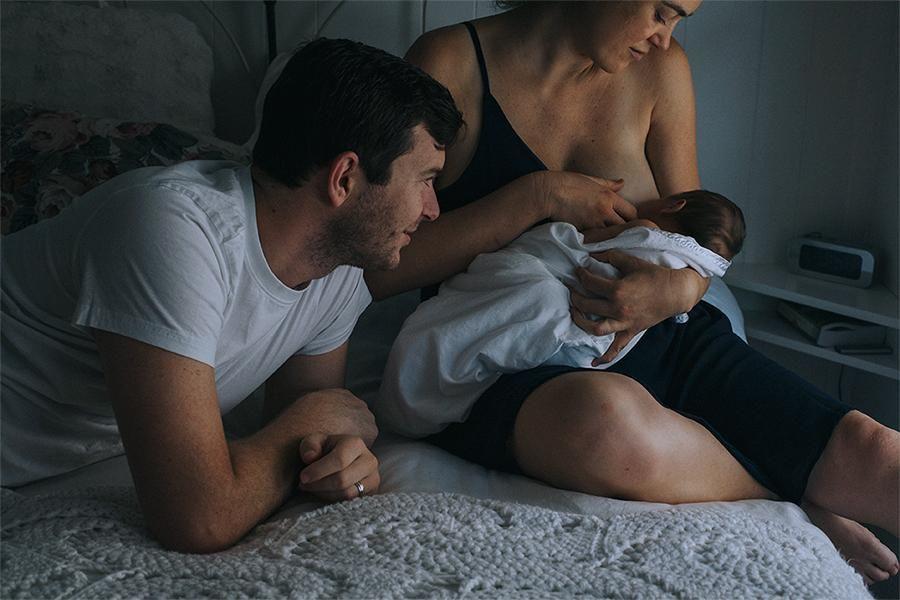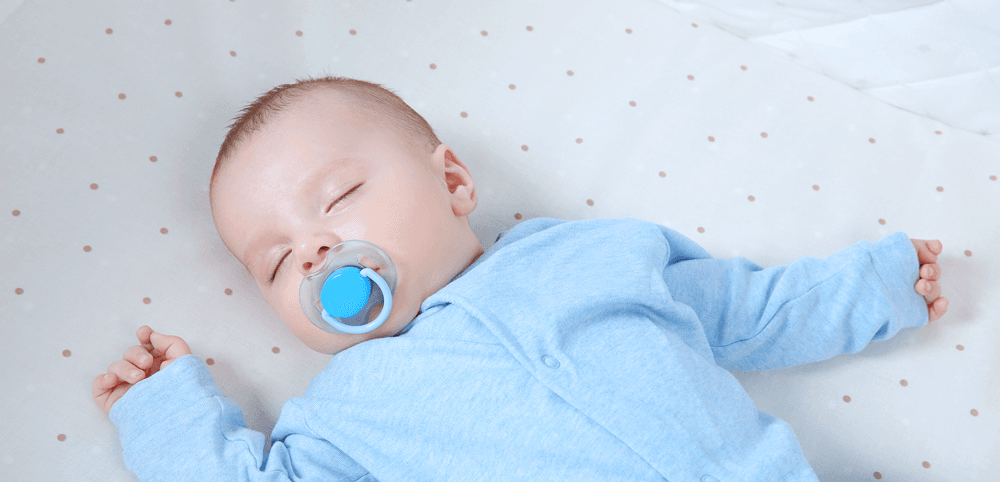Blocks are one of those magical toys that never goes out of style and can be played with from 6 months to, well...kid's never have to stop! Little ones love to gnaw on them, bang them together, and, of course, knock over your amazing block creation. Meanwhile, toddlers relish their new job as Chief Block Stacker, slowly progressing to tower-builder, castle-maker, and all-around master builder. And while it all looks like fun and games, toddler's and big kids alike are getting so much more out of block play. Here is what blocks are so great at teaching.
The Benefits of Block Play
Bolstering motor development.
Fine-motor skills are the small movements of small fingers and hands that eventually lead to your little one to be able to tie their shoes, button their shirt, and write you a Valentine’s card. Every time your toddler or nursery schooler holds, manipulates, or positions blocks on a growing stack, they are honing their developing grasping skills, their body awareness, and their coordination.
Teaching cause and effect.
Banging two blocks together shows your toddler that, if I do this action, this noise will happen. Knocking over your block tower masterpiece shows your kid, If I push on this, the tower will fall. While you may think, so what?, know that your young toddler is just learning that they have the power to make things happen! This is exciting stuff that ultimately helps your child develop early communication and cognition skills, setting the stage for your future scientific investigator!
Improving early math know-how.
While there is absolutely nothing wrong with allowing your kid to explore blocks during free play, it is also super beneficial when a grown-up offers a child bit of direction. For example, Purdue University researchers found that when adults offered 3- to 5-year-olds play prompts, like asking kids to build a tower and, later, to copy-cat images into a block structure, the children experienced gains in three mathematics skills—counting, shape recognition, and mathematical language—compared to children in a control group. Help the skill along by counting bricks and using them as math prompts. (I want four square blocks, but I only have two. How many more do I need?)
Developing STEM smarts.
Block-play has been shown to bolster more than just the 'M' in STEM. They actually help improve the entire acronym...Science, Technology, Engineering, and Math! One of the reasons: Building with blocks requires what is called spatial reasoning, which in part, is the ability to visualise what an object will look like after it is rotated. This type of mental gymnastics is increasingly connected to achievement in STEM fields—and geography, too.
Building social skills.
Starting around age 4, children begin to get the itch to build with other kids...but there can be no epic builds without social skills! Here, block play acts as the bridge that helps children learn the art of communication, cooperation, responsibility, and leadership. After all, budding builders need to work together to determine what to construct, how to do it, and who has what job. It is pretty exciting to watch kids build friendships as they build blocks.
Fostering creativity.
Unlike single-purpose toys (think: electronic toys), a block is never just a block. It is a car. It is a cow. It is a phone. It is an integral part of a boat, a parking garage, a castle, a farm, a zoo, a superhero base…anything your little one can dream up! Blocks, quite simply, inspire children to create, to build, and to push their imagination to the limits. As a bonus, remember: Creativity is a must for any type of problem-solving, too!
Block Party! Your Baby’s Block Timeline
Babies: Carrying and Exploring
Do not expect any block-made castles just yet! Right now, toddlers are very interested in learning about what blocks can do, which means there is lots of touching, carrying, banging, mouthing, and knocking down blocks. At 12 months, however, many toddlers can build towers up to four blocks high...then they promptly knock them over!
2- and 3-Year-Olds: Super-Stacking
Let the building begin! Toddlers at this age love to stack and line blocks up. In fact, at 2 years old, many kids can build a tower six blocks high! You will notice lots or repetitions in their creations, which means they are starting to learn all about patterns. Fun!
3- and 4-Year-Olds: Experimentation and Imagination
Here come the bridges and passageways, ripe for action figures and small trains and cars to utilise. Expect a lot of trial and error right now as your kid learns about balance. At the same time, marvel at their boon in fine-motor development and hand-eye coordination.
4-Year-Olds: Buildings and Symmetry
Around age 4, kids love to create enclosures, using them as props in their imaginative play. That means, your entire living room may be taken up by giant block creations that loosely represent forts, farms, parking garages—the possibilities are truly endless! Here is where your toddler's spatial awareness skills really kick in. At the same time, you will notice that sorting and matching blocks become way more important to your toddler, as does creating symmetry in their builds.
4- and 5-Year-Olds: Houses
Builds are starting to look more realistic and detailed...and they require more planning on your kid’s part. They need time to get it right! Right now, dramatic play goes hand-in-hand with block-building, so you will overhear lots of action-packed adventures occurring in Block Town. Another awesome development: Cooperative building starts around now.
5 Years and Up: Complexity
When children reach school age, their dexterity and building skills really shine as they construct more complex, multilevel, and detailed structures. Kids love to try and replicate buildings they have seen in real life. They enlist construction buddies for cooperative play and incorporate other toys and items into their builds. (Is that a toilet paper roll in the middle of your kid’s block structure?) Finally, imagination is going strong, with blocks representing things like planes and cars.
